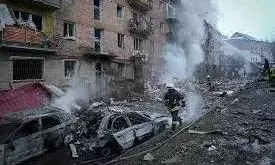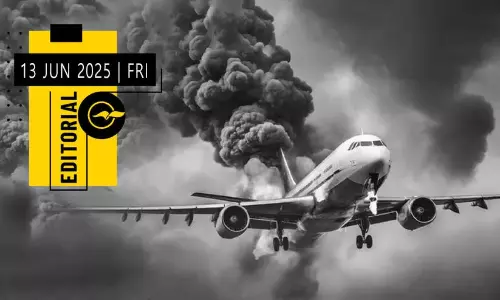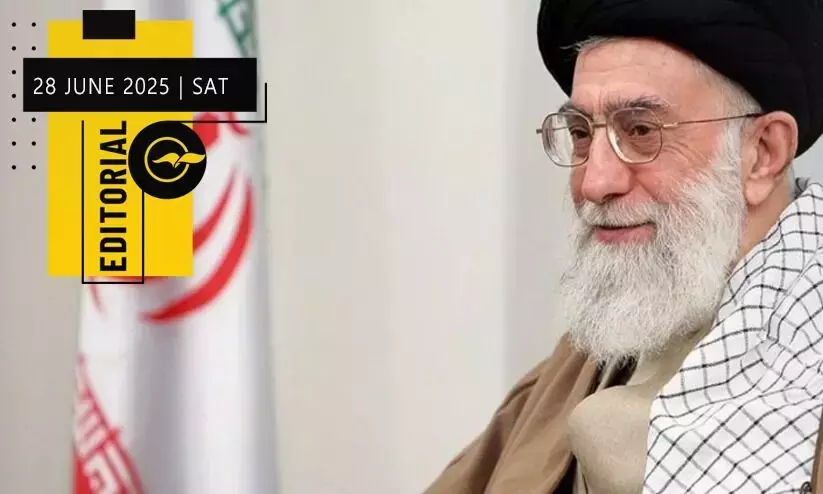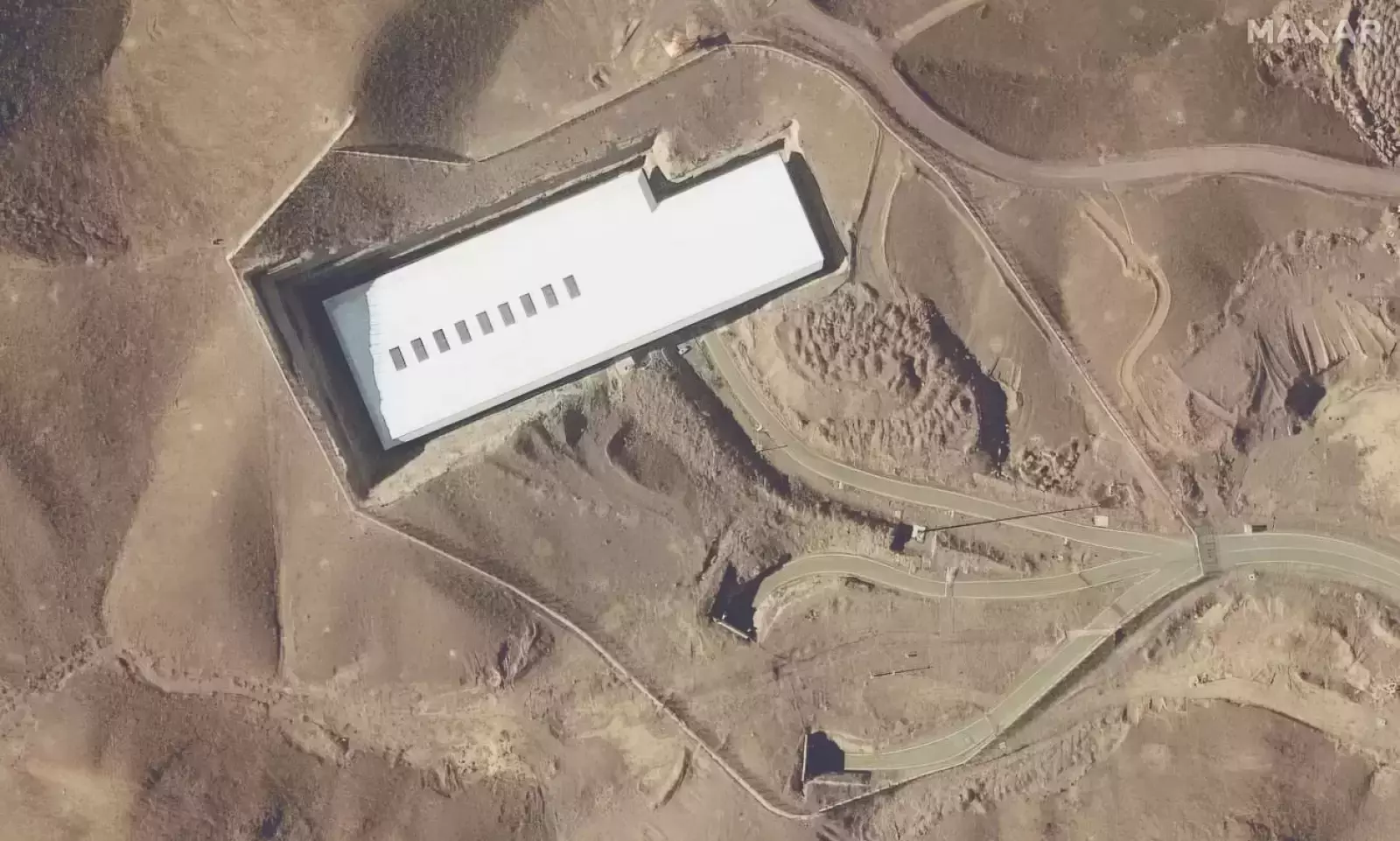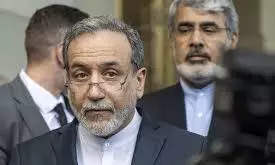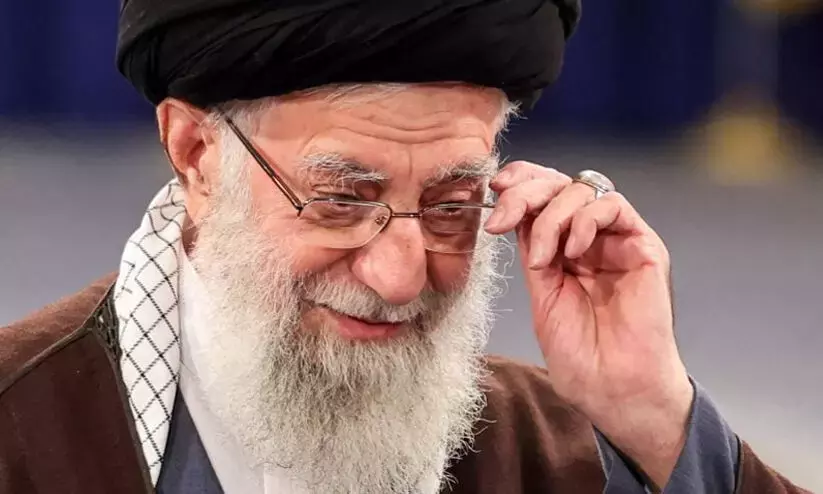
Iran in the new (West Asian) world order
text_fieldsIn the aftermath of the Israeli and American strikes on Iran, signs are emerging of new equations forming in international relations and the global order. Following the collapse of the Soviet Union in the final decade of the twentieth century, the notion of a unipolar world largely took hold. However, the Soviet Union’s successor, Russia, has since remained though militarily weakened, as an alternative power centre, intervening selectively and primarily in situations aligned with its own national interests. Meanwhile, China’s economic growth over the past two decades—and the political influence that it has given to that country—has become increasingly visible. Yet, the current Iran–Israel war is unfolding in a way that defies conventional interpretations of big power equilibrium.
When Israel and the United States launched attacks on Iran under the pretext of unproven nuclear weapons plan allegations, there were no major countries that stood firmly in support of Iran. Even Russia and China—often labelled as major powers—did not adopt positions that could be described as unequivocally supportive of Iran. Initially, both Moscow and Beijing responded without directly criticising the United States or Israel. It was only when the missile and bomb assaults intensified that there was a slight shift in the tone of their statements. It is worth recalling that in the Russia–Ukraine war, Iran-made drones and drone technology were extensively used by Russia. As for China, during the embargo on Iran, ithad provided Iran with some economic relief by purchasing its oil—albeit at discounted rates—as a way to help offset the Western-imposed sanctions.
It is true that on some key issues, Iran has shared common ground with Russia and China in opposing the United States. Examples include the push to use alternative currencies in international trade instead of the dollar, the proposal to replace SWIFT with other payment platforms, and efforts to strengthen alliances like BRICS and the Shanghai Cooperation Organisation. However, these were largely moves made from time o time—tactical responses to specific geopolitical contexts. Iran has not entered into any bilateral military agreements with either of these two powers. In the absence of such pacts, there is little structural foundation for coordinated action in times of security threats. Most of the agreements existing between them are in the economic domain. While those deals offer strategic advantages to Russia and China—particularly in accessing Iran’s oil and gas resources—they do not translate into concrete support when Iran faces military threats, apart from the supply of purchased weaponry.
For nearly two and a half years, Russia despite its upper hand in the war, has been struggling to overcome Ukraine’s resistance, which is backed by the United States and European nations. It is also attempting to block Ukraine’s efforts to join NATO. The alliance’s provision—that a military attack on one member is treated as an attack on all—has further provoked Russia. Russia was unable to prevent Finland which shares long land border with it, and Sweden from gaining NATO membership. At the recently concluded NATO summit last Wednesday, two developments stood out—ones that Iran, and Russia and China too, would do well to pay close attention to. First, NATO members agreed to allocate five per cent of their GDP to defence spending, a move made under strong pressure from the United States - and Trump had demanded it in an almost threatening tone. Second, NATO reaffirmed Israel’s right to exist and adopted a firm stance that Iran’s 'nuclear weapons development' must be prevented at any cost—a position that clearly reflects anti-Iran sentiment. Despite having made gains in the war, Russia finds it still embroiled in the Ukraine conflict continuing unresolved, and having incurred massive human and economic costs. In this context, the likelihood of Russia stepping forward to support Iran’s resistance against Israel remains slim.
In China’s case, there are numerous economic issues—such as tariff disputes over imports and exports—that continue to stoke tensions with the United States. While Trump’s aggressive march may have slightly waned for now, the potential for long-term conflict remains high. Unlike the ideological divisions of the Cold War era, the present rivalry lacks strong doctrinal underpinnings. What exists today is a competition primarily for political dominance and economic influence. Both Russia and China are also driven by the urge to maintain military sway within their respective spheres—Ukraine in Russia’s case and the South China Sea and, more pointedly Taiwan, in China’s. Broadly speaking, if West Asian nations aim to push back against America’s entrenched military dominance in the region, they must strengthen their own capacities and formulate strategically grounded economic policies. However, if their approach is to proceed cautiously—making concessions to avoid antagonising the United States—then there is little others can do to alter that course.




